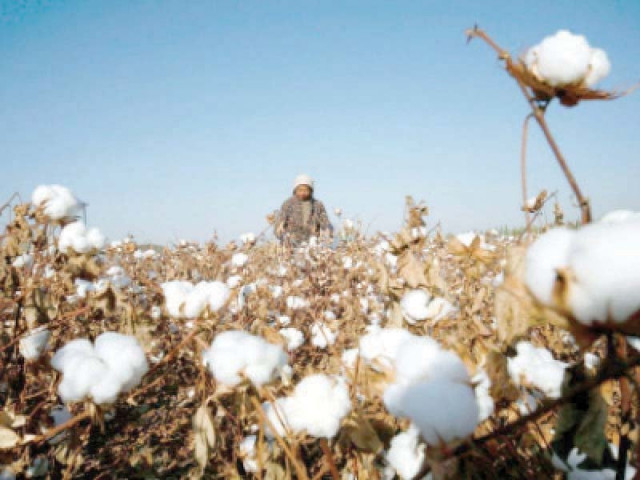Pakistan becomes top buyer of US cotton
PCGP chair reports Pakistan imported 72,000 US cotton bales just last week; price reaches Rs18,200 per 40kg

Pakistan has become the largest buyer of American cotton globally, as record imports from the US continue to grow.
According to the Chairman of the Pakistan Cotton Ginners Forum (PCGF) Ehsan-ul-Haq, Pakistan has signed contracts for 72,000 cotton bales from the US in the past week alone.
Ehsan-ul-Haq stated that this year, Pakistan has secured contracts for over 3 million bales of US cotton, marking a notable surge in imports.
He attributed the increase to lower domestic cotton production and limited availability of high-quality cotton within the country.
Additionally, the price of cotton has risen by Rs200, now reaching Rs18,200 per 40kg, he added.
Last week, All Pakistan Textile Mills Association (Aptma) Central Chairman Kamran Arshad underlined the need for cooperation on a wider scale in fibre recycling and renewable energy, aimed at boosting the country's textile exports, creating jobs and contributing to the overall economic growth.
Speaking to a delegation of Gherzi, a textile management consulting and engineering company, he expressed hope that a strategic partnership with the consulting organisation would help expand Pakistan's economy.
He pointed out that member mills of Aptma had already achieved significant milestones in sustainability by complying with international and local standards.
Pakistan's textile industry plans to establish 1,000 garment plants with an investment of $7 billion to ramp up exports to $50 billion, generate employment for 700,000 workers and produce garments worth $20 million per plant every year.
In his presentation, Gherzi Managing Partner Giuseppe Gherzi said that the global textile market was expected to witness a slowdown in garment production growth.
He said industry leaders were advised to stay agile and adapt to new trends to remain competitive in the ever-changing landscape.
He identified 34 major trends transforming the textile industry, from production to consumption.
"As the textile industry evolves, companies must adapt to these trends to remain competitive and sustainable."
Pakistan’s economy heavily relies on two critical sectors: textiles and energy, with textiles comprising 60% of exports and energy accounting for 30% of imports.
Despite this dependence, challenges loom large, especially with projections suggesting Pakistan’s textile export potential could reach $50 billion by 2030—up from $16.5 billion in FY 2022-23 and a historical peak of $22.1 billion in FY22.
Some estimates even place this potential as high as $100 billion, a figure that could address Pakistan’s chronic balance of payments deficit.
The textile sector employs roughly 45% of the manufacturing labor force, making it integral to economic stability.
However, the industry’s reliance on cotton makes it vulnerable to agricultural setbacks.
Cotton yields have stagnated, with output stuck at 617 kg per hectare in 2020 compared to 615 kg in 1990.
In contrast, China’s cotton yield surged over 150% to reach 2,027 kg per hectare during the same period.
The sector has also been hit by escalating natural gas and electricity costs over the past 18 months, placing the industry under severe strain.
Experts argue that solutions are hindered by bureaucratic oversight, which lacks specialized knowledge and effective corporate leadership.
These structural weaknesses are compounded by a culture of intolerance, arrogance, and cronyism, undermining merit and professionalism in key public sector enterprises.




















COMMENTS (4)
Comments are moderated and generally will be posted if they are on-topic and not abusive.
For more information, please see our Comments FAQ